|
|
|
 |
| |
|
|
Parsonage - High Street
- Tarring - 2011 |
|
|
|
|
The Parsonage in Tarring
Village has always been known as a quality restaurant, and under
normal circumstances wouldn't be listed here. That was until, on the
28th of August 2011, it opened up a bar. Initially, it was a single
pump serving Harveys (I believe). Now it boasts four real ales as
well as up to two ciders.
The owner, Wayne Lowrie (ex Savoy chef) took over the property in
1987 and remains there to this day. It was an unusual step at a time
when bars were turning more towards food, Wayne did the opposite! |
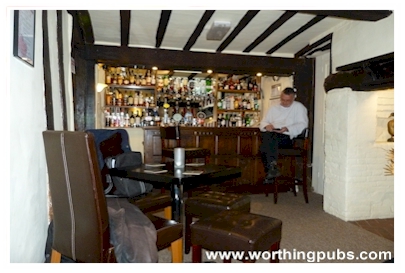 |
| |
|
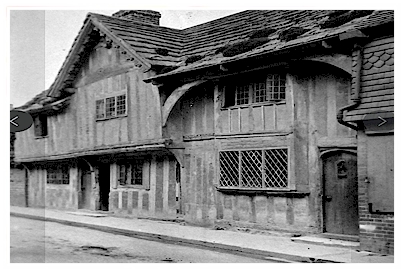 |
The building itself dates back
to the 15th century and made up what was known as Parsonage Row. The
building has many distinctive features, the most obvious of which is
the jetted (overhanging) first floor.
The main structure of the building is authentic, as is the majority
inside. Notably, the outside is better engineered than internally.
This was common practice, the best bits on show to the passing
public.
One of the first things you will notice on entering is that nothing
is quite straight, but this does give it an endearing factor. Just
try not to trip over the beams on the floor between rooms.
Being a listed building, great care has been given to show off its
features to best effect. Because of these restrictions, the bar area
is small, but adjoining rooms serve to solve that problem.
|
| |
|
|
A postcard that has recently
come to light is this early internal shot of the Parsonage when it
was a dwelling house. Those who are familiar with this bar will spot
the clues confirming that they are one and the same.
Before becoming a
pub/restaurant, the previous owners were the Sussex Archaeological
Trust who ran it as a museum. sadly, the cost of maintaining the
building proved to be excessive, and it was sold into private hands.
|
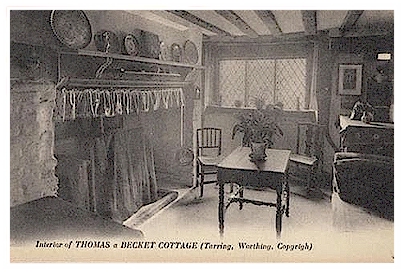 |
| |
|
|
1800s plus |
|
|
|
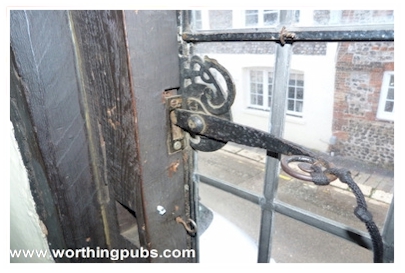 |
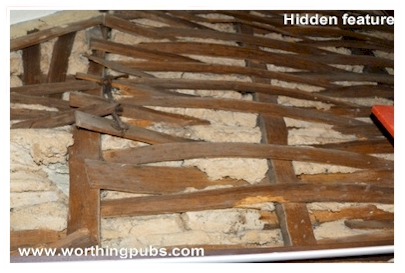 |
|
|
|
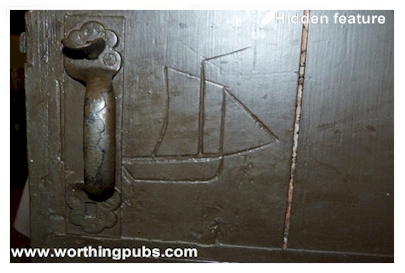 |
A rare view of some hidden or
less noticed items.
Image 1 The window latch, hand-had handle beaten from iron, probably
by a local blacksmith.
Image 2 A wattle and daub wall, made from interwoven wood staves and
in filled with a lime mortar, the equivalent of today's
plasterboard.
Image 3, a sailing boat carved on the back of a door. The handle,
again hand-made is known as a Sneck Lifter, a simple lever that
lifts a pivoting bar on the other side. |
|
|
|
|
2020 |
|
|
|
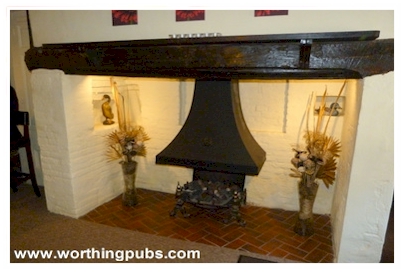 |
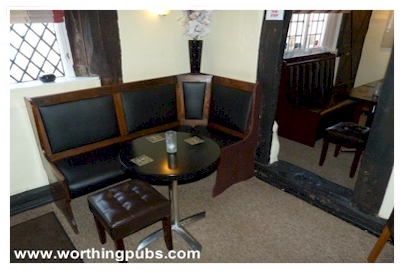 |
|
|
|
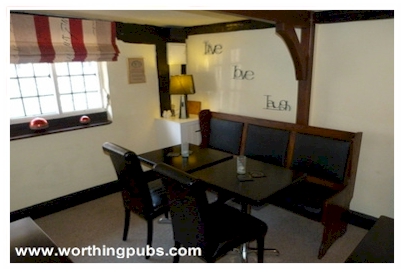 |
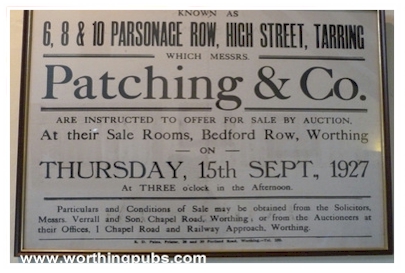 |
| |
|
|
Time
Line |
A
little bit extra |
|
1987
- Wayne Lowrey
2015 - Pub of the Year (local CAMRA) |
|
| |
|
| |
|
       |
| |
|
| |
|
 |
| |
|
| |
|